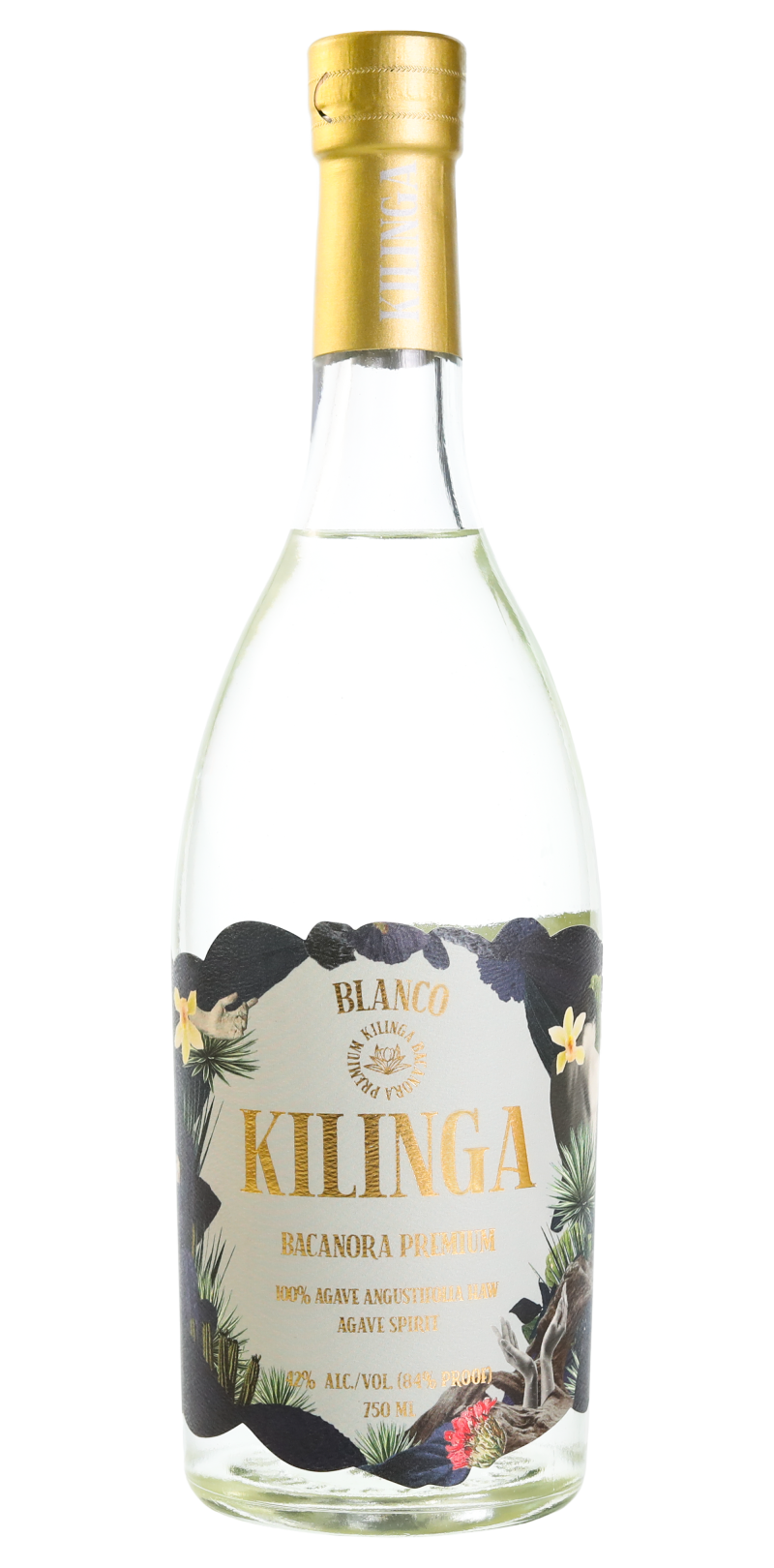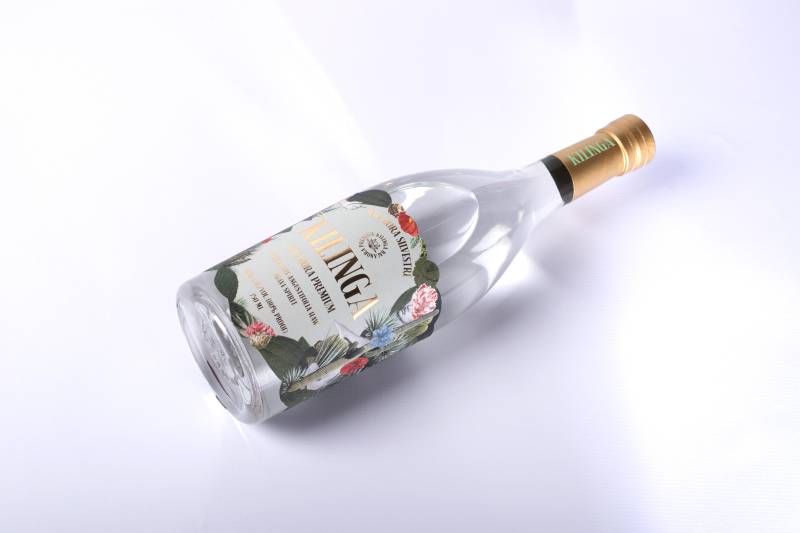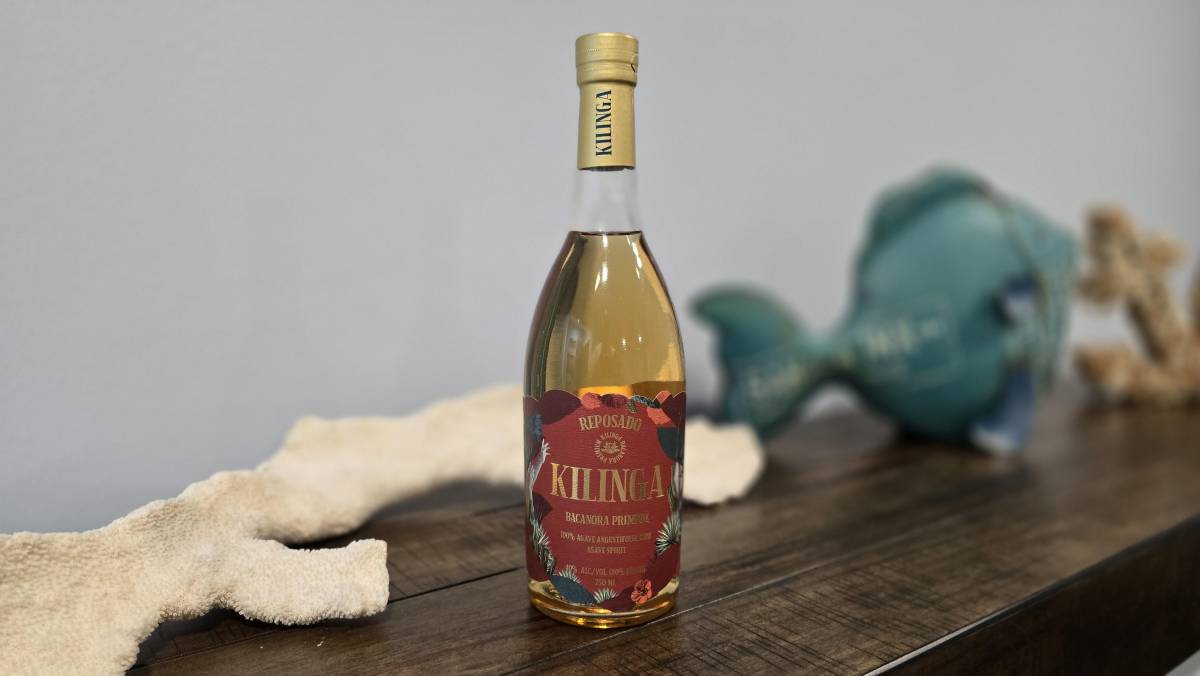This is a fantastic time to be a fan of Mexican spirits! Just a few years ago, it seemed like people thought you were a wild man if you told them you enjoyed tequila ... but now Mexican spirits are everywhere - mezcal, gin, sotol, raicilla, and bacanora too. In the pantheon of agave spirits, this one gets somewhat lost, but let's make this more than our little secret. While fundamentally bacanora is a mezcal, it falls outside of the geographic region aka Denomination of Origin to be legally referred to as mezcal. Regardless of politics, we're thrilled to share some info about this hidden gem that all agave fans need to check out!
Which Mexican Spirit Is Your Favorite?
- Bacanora is a Mexican spirit, made originally from wild agave in Sonora, with a 300-year history. While it is not legally mezcal due to it falling outside of the DO, denomination of origin rules, it can be thought of as a Sonoran mezcal.
- It was banned for 77 years until 1992 when the Mexican government made it legal again.
- Bacanora is made by roasting agave hearts, crushing them, fermenting the juice, and distilling it twice.
- There are four main types: Kilinga Silvestre, Blanco, Reposado, and Añejo, each with unique flavors.
- Kilinga Blanco got 96 points at the 2022 Spirits Awards, and Kilinga Reposado won a Silver Medal at the 2019 San Francisco World Spirit Competition.
What is Bacanora?
This unique spirit originated from the town of Bacanora in the foothills of the Siera Madre mountains in eastern Sonora, Mexico. The spirit is made from wild or cultivated agave grown from angustifolia agave and then twice distilled. This can be confusing because, at first glance, it seems like this would be simply a local version of mezcal, but legally it isn't.
Just as Sotol from Chihuahua falls outside of the DO for mezcal, so does Bacanora. For those of you with limited experience traveling in Mexico, this can be a bit confusing. Furthermore, it got even more confusing in 1994 when the Mexican government granted specific areas the Denomination of Origin status. This is especially true since prior to that decision, "mezcal" had been produced in every Mexican state. However, you can think about it like this:
Bacanora
Bacanora requires Agave Pacifica (Agave yaquiana) and restricts production to Sonora, making it Mexico's most geographically specific agave spirit. Sonora's harsh desert environment and traditional pit roasting create intense mineral notes and wild desert herb characteristics. High sugar concentration from extreme growing conditions produces a complex spirit with a distinctive dusty quality unique to the region.
Mezcal
Mezcal spans nine states - Oaxaca, Durango, Guanajuato, Guerrero, Michoacán, Puebla, San Luis Potosí, Tamaulipas, and Zacatecas - permitting over 30 agave species, with Espadín (Agave angustifolia) most common. Underground pit roasting creates characteristic smokiness while diverse agave species and production methods yield flavors ranging from fruity to earthy. This breadth of production regions and techniques makes mezcal the most diverse agave spirit category.
Tequila
Tequila production centers on Blue Weber Agave (Agave tequilana) primarily in Jalisco, with limited allowances in parts of Guanajuato, Michoacán, Nayarit, and Tamaulipas. Steam cooking in brick ovens or autoclaves yields clean, crisp flavors with distinctive agave sweetness and citrus notes. Highland regions produce brighter, floral profiles while lowland areas create earthier expressions.
Sotol
Sotol is unique among Mexican spirits as it's made from Dasylirion wheeleri (Desert Spoon), a non-agave plant, with production permitted in Chihuahua, Coahuila, and Durango. Traditional production methods similar to mezcal create a spirit with distinctive grass and earth notes, often displaying wild herb, mineral, and eucalyptus characteristics. The spirit's flavor varies significantly by region, with Chihuahuan sotol typically showing more mineral notes while Coahuila expressions tend toward grassier profiles.

Bacanora's Outlaw History Adds To The Intrigue
Mexican spirits often enjoy a sense of mystique due to Mexico's role as a destination for illegal drinking during the American prohibition years and before as well as ongoing as a place where cowboys and college kids could test their limits. However, what most guys don't know is that there was a parallel prohibition movement in parts of Mexico as well, specifically in Sonora.
From 1915 till 1992, bacanora was outlawed (though in later years it wasn't entirely enforced). This began when Governor General Plutarco Elias Calles decreed that production, sale, and possession of bacanora was a crime punishable by a five-year prison sentence! Not only that, but he set out on a campaign to eradicate the spirit, and that - like with American whiskey outlaws - turned bacanoreros into folk heroes, and people began to refer to this now-forbidden drink as "Mexican Moonshine."
Ultimately as the years passed and Americans began to thirst for Mexican spirits Sonorans began to realize that they were missing out on the newfound popularity of tequila and so Jesus Enriquez Burgos, an attorney and legislator from Sonora began a movement to legalize, commercialize, and promote the bacanora industry as a way for his state to shine in the sunlight rather than it being simple a "Secret of Sonora".
Today, Agave Spirits represent a more than three billion dollar industry for off-premise sales (not in a bar or restaurant). Unsurprisingly, the bulk of that is Tequila vs Mezcal with Bacanora and Sotol making up a very small percentage of US sales. However, as the market continues to grow, we're seeing a welcome progression that while volume is expected to increase 8% between 2022 and 2026, the value is expected to increase by 11%. This means we're in for a good time with more unique expressions and a space in the marketplace for something far beyond the stuff that many of us remember first trying on spring break down in Cancun or Rosarito!
Experiencing Bacanora With Kilinga:
Bacanora comes in different types, each with its own taste. You'll find flavors that range from smoky to sweet, like a fine dining experience in a bottle. Bacanora offers a range of flavors. Its taste can be smoky, earthy, and sweet. Some types have hints of citrus or herbs. Overall, I wouldn't suggest that Bacanora is nessisarily better or worse than any of it's other agave cousins but it's unique and different folks will prefer one over the other. Ultimately, that's why most of you have rye, Scotch, and bourbon in your collection ... different spirits for different desired experiences!
Kilinga Bacanora emerged from founder Rodrigo's passionate quest to create an authentic expression of Sonora's terroir after experiencing the transformative power of traditionally-made bacanora. Through immersion in the craft of distillation and exploration of small village traditions, he developed Kilinga to honor the spirit's wild heritage while achieving a refinement that rivals fine cognac.
Let's take a look at three bacanora expressions from Killinga as an example of what to expect if you're thinking about trying the spirit for the first time.

Kilinga Blanco: Savoring the Spirit's Profile
The Blanco expression opens with a dry, grassy character that evolves into toasted caramel and mineral notes. This versatile spirit shines neat or in cocktails, particularly alongside hearty dishes like pork or ribeye where its bold yet balanced profile can stand up to robust flavors.

Kilinga Reposado: A Complex Oak-Aged Experience
The 30-36 month aging in American Oak brings forth dried fruit and tannins, complemented by vanilla and mineral undertones. This expression excels in whiskey-style cocktails like Manhattans and pairs beautifully with cheese boards and baked soft cheeses drizzled with honey.

Kilinga Silvestre: Delicate & Floral Character
The Silvestre showcases wildflowers, citrus, and green apple pie tartness with a gentle violet finish. Its lighter profile makes it perfect as an aperitif or alongside fresh seafood and light fare, while remaining versatile enough for traditional white spirit cocktails.
If You Love Mezcal You Need To Try Bacanora
Anyone who enjoys exploring the diverse pantheon of agave spirits that are generally referred to as "mezcal" needs to try bacanora. In particular, I enjoy it because it has a rich, authentic history and is easy to incorporate into classic "tequila cocktails". However, for connoisseurs like myself, a premium expression like Kilinga Bacanora presents a wonderful opportunity to explore the foothills of a new place through my tastebuds.
